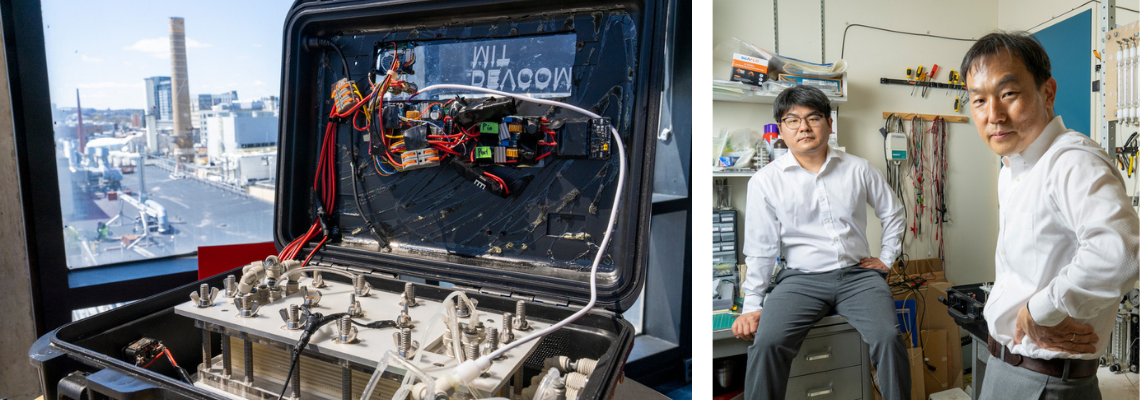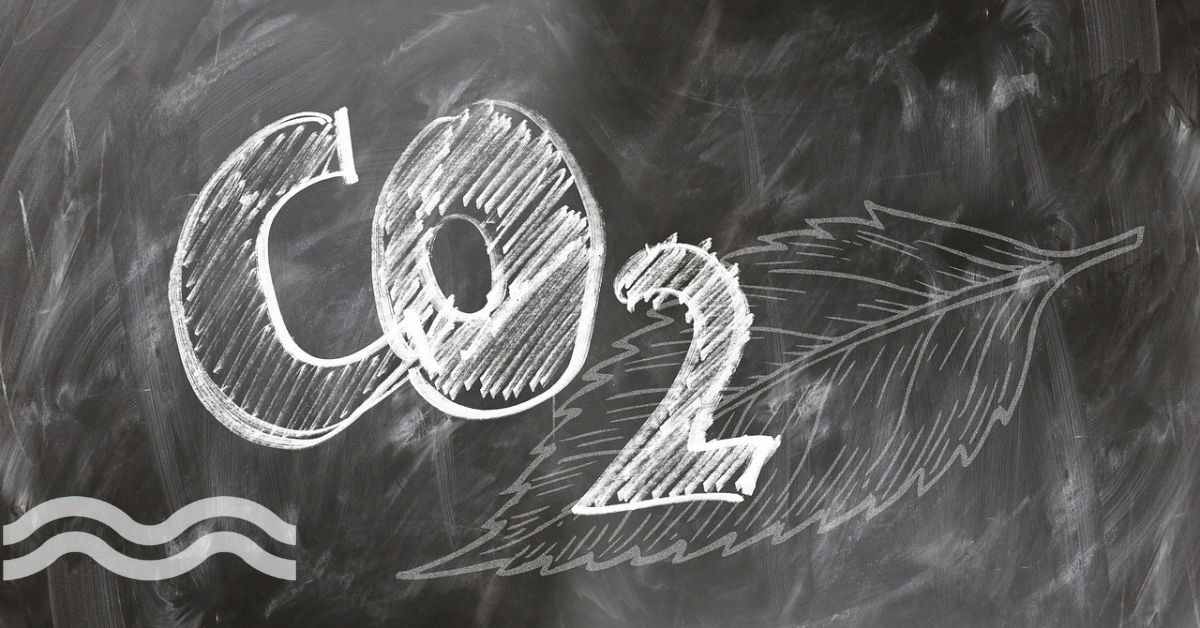Desalination on the go: MIT reveals filterless, pumpless
Researchers at the Massachusetts Institute of Technology have built a portable destination that does not require any filters or pumps. Aquatech Online looks at how it works and potential applications.
A 10-year desalination journey
Researchers at the Massachusetts Institute of Technology (MIT) have built a portable destination that does not require any filters or pumps.
Weighing less than 10kg and the potential to fit inside a suitcase, the unit can remove particles and salts to generate drinking water that can be powered by a phone charger.
“This is really the culmination of a 10-year journey that I and my group have been on," said senior author Jongyoon Han, a professor of electrical engineering and computer science and of biological engineering, and a member of the Research Laboratory of Electronics (RLE).
"We worked for years on the physics behind individual desalination processes, but pushing all those advances into a box, building a system, and demonstrating it in the ocean, that was a really meaningful and rewarding experience for me."
In comparison to similar portable desalination devices that require water to pass through filters, this unit uses electrical power to remove particles from drinking water.
“This is really the culmination of a 10-year journey that I and my group have been on."
This completely removes the need for replacement filters and requires less maintenance.
Share your water technology stories with us
Do you have an innovation, research results or an other interesting topic you would like to share with the international water technology industry? The Aquatech website and social media channels are a great platform to showcase your stories!
Please contact our Sr Brand Marketing Manager Annelie Koomen.
Are you an Aquatech exhibitor?
Make sure you add your latest press releases to your Company Profile in the Exhibitor Portal for free exposure.
We promise never to send you spam and you can unsubscribe at any time!








